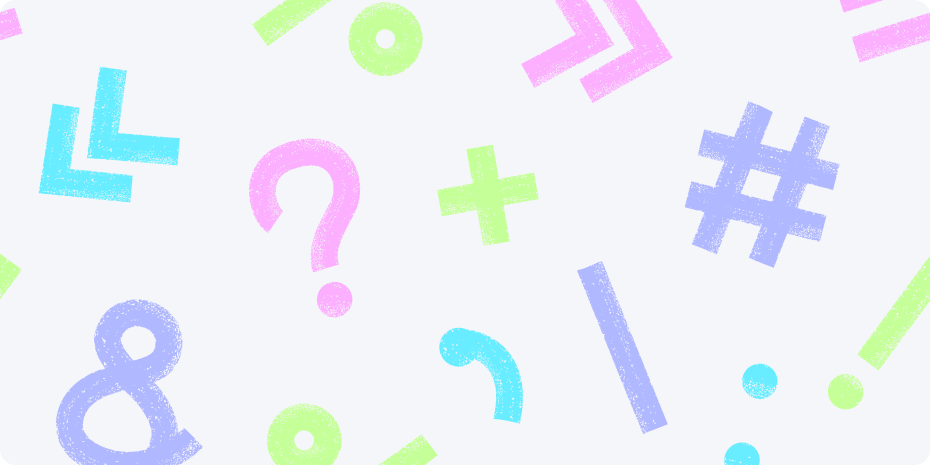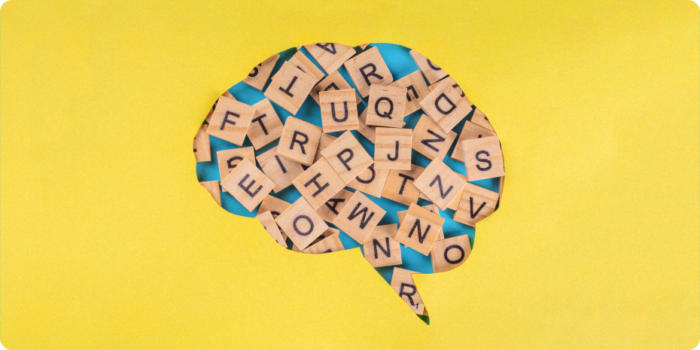
14 punctuation marks everyone should know
The English language boasts a rich array of 14 standard punctuation marks, yet many writers and students only regularly use a handful of these. Mastering all 14 punctuation marks can significantly enhance your writing, adding clarity, nuance, and sophistication to your text.
The Basics
The foundation of English punctuation lies in four essential marks: the period, comma, question mark, and exclamation point. These fundamental signs are the workhorses of written communication, helping to structure sentences and convey basic meaning and tone.
Period (.)
The period, also known as a full stop, is used to mark the end of a declarative sentence or an indirect question. It’s also used in abbreviations and initials.
Examples:
- The sun sets in the west.
- Dr. Smith arrived at the hospital.
Comma (,)
Commas separate elements in a sentence, including items in a list, clauses, and introductory phrases. They also set off non-essential information and prevent misreading.
Examples:
- I bought apples, oranges, and bananas at the store.
- After finishing her homework, Sarah went for a walk.
Question Mark (?)
The question mark is used at the end of direct questions. It can also be used to express doubt or uncertainty in a sentence.
Examples:
- What time does the movie start?
- He said he was 25 years old? I thought he was older.
Exclamation Point (!)
An exclamation point expresses strong emotion, emphasis, or a forceful command. It’s used sparingly in formal writing but is common in informal contexts.
Examples:
- Watch out for that car!
- I can’t believe we won the championship!
Quotation and Speech
Quotation marks are essential for indicating direct speech, quotes, and sometimes for emphasis. Understanding the difference between double and single quotation marks is crucial for clear and accurate writing.
Quotation Marks (” “)
Double quotation marks are primarily used to enclose direct speech or quotations. They indicate the exact words someone has said or written. In American English, they’re also used for titles of short works like articles, poems, or song titles. Additionally, they can be used to denote irony or sarcasm in informal writing.
Examples:
- “I’ll be home by six,” Sarah promised.
- Have you read the article “The Future of Artificial Intelligence” in today’s newspaper?
- He calls himself an “expert,” but he hardly knows anything about the subject.
Single Quotation Marks (‘ ‘)
Single quotation marks are typically used for quotes within quotes in American English. In British English, they’re often used as the primary quotation marks, with double quotes reserved for quotes within quotes. They can also be used to highlight a term or phrase being discussed.
Examples:
- “Did she really say ‘I don’t care’ when you told her?” John asked.
- The term ‘bromance’ has become popular in recent years.
- She said, “I remember reading ‘To Kill a Mockingbird’ in high school.”
Pauses and Breaks
These punctuation marks help to create rhythm in writing, indicate longer pauses than commas, and connect related ideas. They add sophistication to your writing when used correctly.
Semicolon (;)
The semicolon is used to connect two independent clauses that are closely related in thought. It creates a pause that is longer than a comma but shorter than a period. Semicolons can also be used to separate items in a list when the items themselves contain commas.
Examples:
- The meeting was postponed; too many people were absent.
- We visited Paris, France; London, England; and Rome, Italy.
Colon (:)
A colon is used to introduce a list, a quotation, or an explanation. It signifies that what follows is directly related to the preceding clause. In less formal writing, it can also be used for emphasis.
Examples:
- We need three ingredients for the cake: flour, sugar, and eggs.
- He had one goal in mind: to win the championship.
Dash (—)
The dash—specifically the em dash—is a versatile punctuation mark used to set off a word or phrase for emphasis, to indicate a sudden break in thought, or to replace other punctuation marks like commas, colons, or parentheses. It’s more emphatic than a comma and more informal than a colon.
Examples:
- The concert—which had been highly anticipated—was suddenly cancelled.
- She gave him her answer—a resounding no.
Grouping and Clarification
These punctuation marks are used to add extra information, clarify meaning, or group related ideas. They help in organizing complex thoughts and providing additional context to your writing.
Parentheses ( )
Parentheses are used to enclose additional information or explanations that are not essential to the main message of the sentence. They can contain full sentences or just a word or phrase. Parentheses are useful for adding asides or clarifications without disrupting the flow of the main text.
Examples:
- The project (which was initially proposed last year) has finally been approved.
- Please bring your own utensils (fork, knife, and spoon) to the picnic.
Brackets [ ]
Brackets are primarily used to insert explanatory material or editorial comments into quoted text. They’re also used in technical or scientific writing to enclose information that is already in parentheses. In informal writing, they can be used to make editorial comments.
Examples:
- The witness stated, “He [the suspect] was wearing a red hat.”
- The study showed a significant increase (p < .05 [adjusted for multiple comparisons]) in the experimental group.
Braces { }
Braces, also known as curly brackets, are less common in general writing but are frequently used in mathematics, computer programming, and music notation. In prose, they can be used to show a set of equal choices or to group items that are already grouped by parentheses.
Examples:
- Please choose your preferred meal: {beef, chicken, vegetarian}
- The results (grouped by age {under 18, 18-35, over 35}) showed significant variation.
Omissions and Connections
These punctuation marks help to indicate omitted content or connect words and ideas. They are crucial for creating concise yet clear writing.
Ellipsis (…)
The ellipsis consists of three periods, sometimes with spaces between them. It’s used to indicate an omission in quoted text, a trailing off in thought or speech, or a pause for dramatic effect. In informal writing, it can also suggest that there’s more to the story than what’s explicitly stated.
Examples:
- “Four score and seven years ago … shall not perish from the earth.”
- She opened the door and saw … nothing.
Hyphen (-)
The hyphen is used to join words or parts of words. It’s essential in forming compound words, separating syllables of a single word, and clarifying meaning in certain phrases. Hyphens are also used with some prefixes and in phrasal adjectives before nouns.
Examples:
- The well-known author signed books at the store.
- Please re-send the email with the correct attachments.
- The agreement is on a year-to-year basis.
This concludes the overview of the 14 essential punctuation marks. Each of these marks plays a vital role in enhancing the clarity, precision, and effectiveness of written communication. Mastering their use will significantly improve your writing skills and help you convey your ideas more accurately and eloquently.




